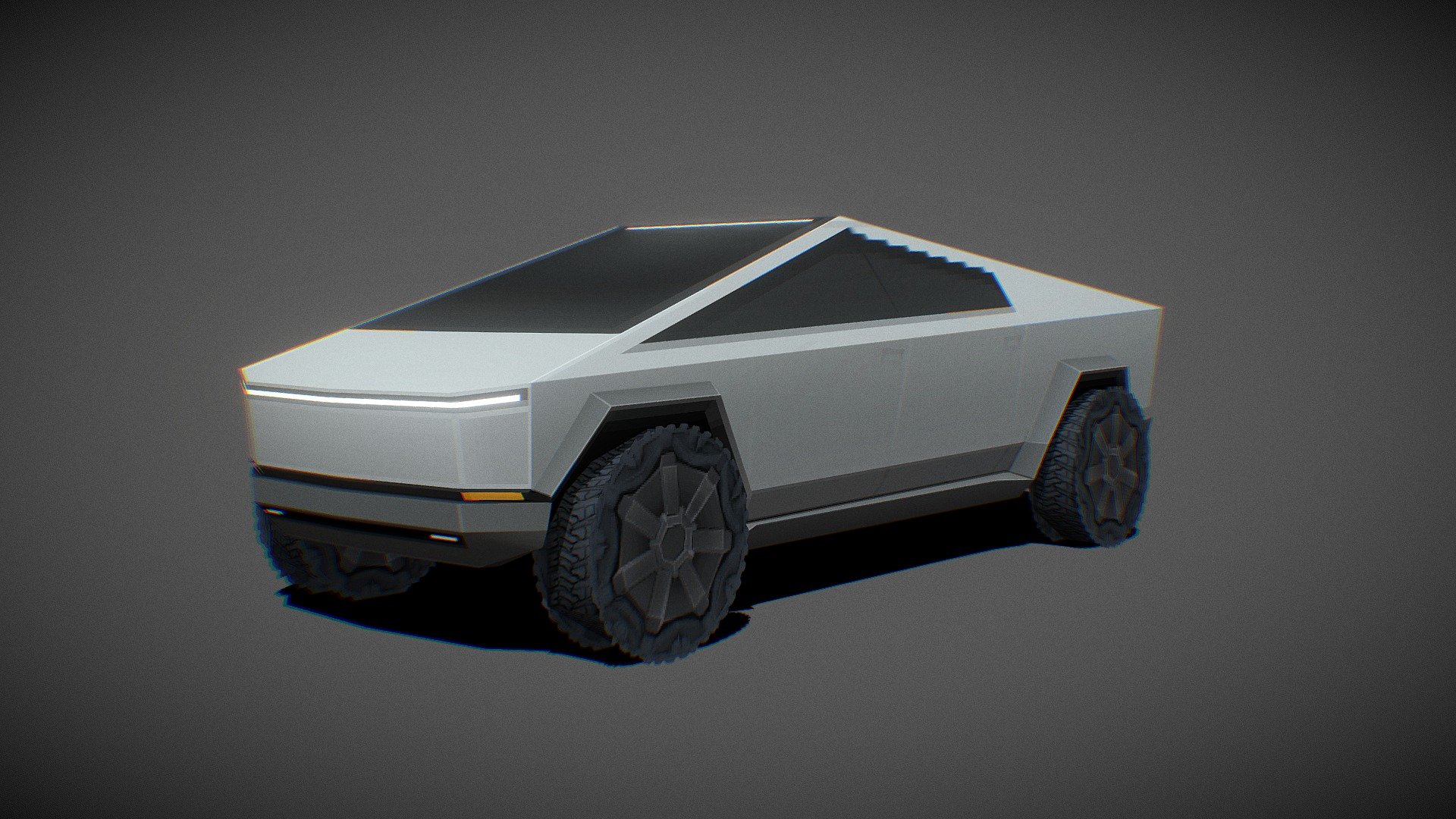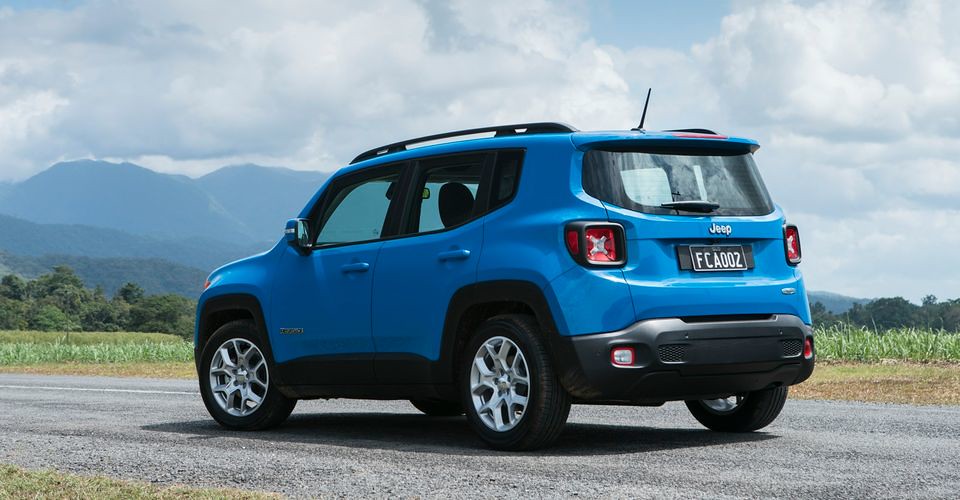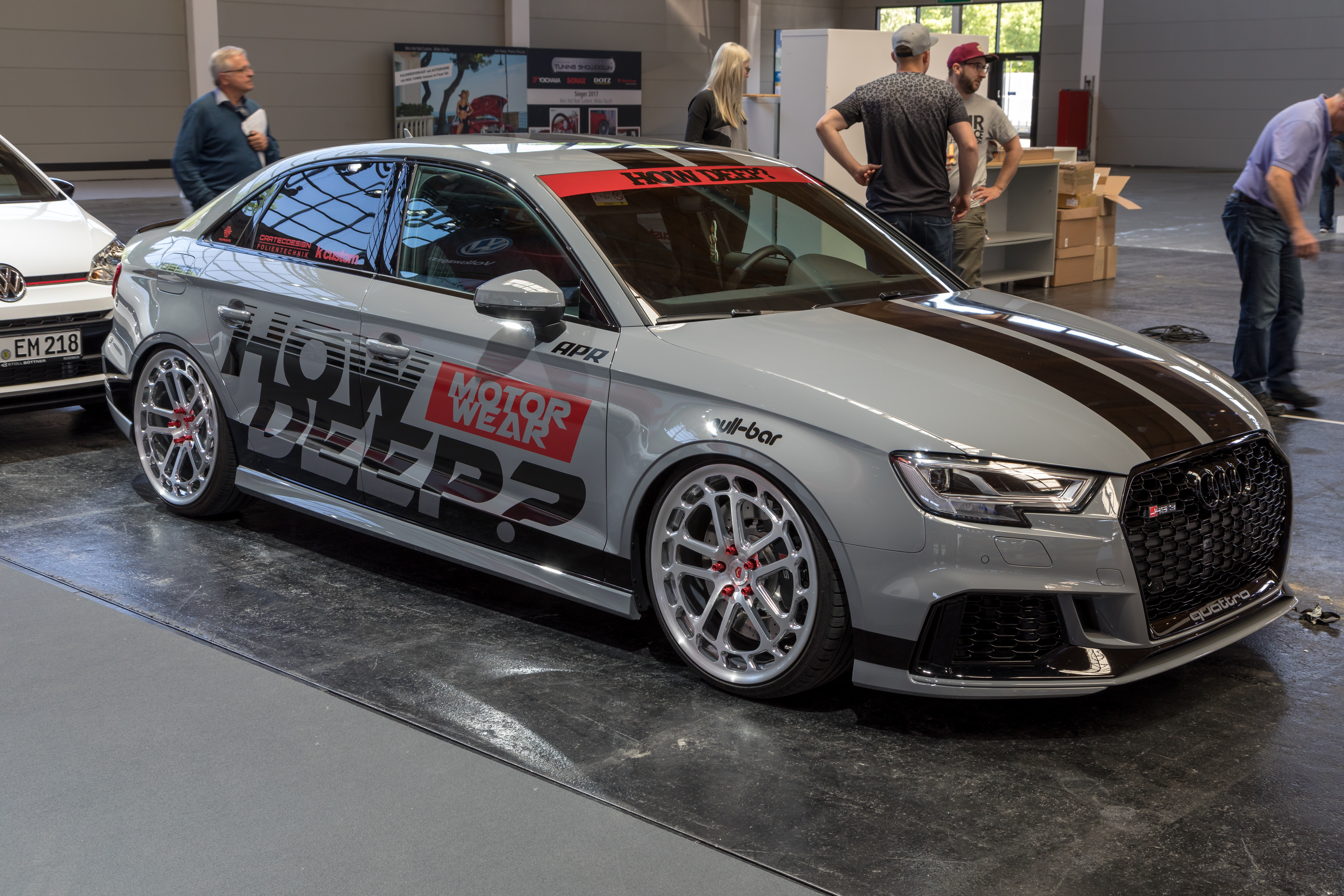In the ever-evolving landscape of American muscle cars, the Ford Mustang stands as a testament to endurance and adaptability. Since its inception in March 1964, this iconic car has navigated the shifting sands of automotive trends, regulations, and consumer preferences, remaining a steadfast symbol of power and freedom. As we look to the future, the Mustang finds itself at an interesting crossroads, especially as competitors pivot away from the beloved V8 engine, heralding an opportunity for Ford to solidify its legacy and appeal to a new generation of drivers.

The Ford Mustang, a series of American automobiles manufactured by Ford, has been in continuous production since 1964, making it the longest-produced Ford car nameplate. Presently in its seventh generation, it ranks as the fifth-best selling Ford car nameplate. Known as the progenitor of the “pony car” automobile segment, the Mustang was initially conceived as a stylish line of sporty coupes and convertibles. Its design ethos, characterized by long hood, short deck proportions, was a breath of fresh air that captivated the American public and carved a new niche in the automotive market.
From the moment it was introduced on April 17, 1964, the Mustang was a runaway success. Originally projected to sell 100,000 vehicles annually, the 1965 Mustang shattered expectations by selling over 400,000 units in its first year alone, with the one-millionth Mustang sold within two years of its launch. By August 2018, Ford celebrated the production of the 10-millionth Mustang, a 2019 Wimbledon White convertible equipped with a V8 engine, mirroring the first 1965 model. This monumental achievement not only underscores the enduring appeal of the Mustang but also its significance as a cornerstone of Ford’s lineup.

This unique positioning allows the Mustang to cater to both traditionalists and those looking for more eco-friendly performance options. As its competitors pivot away from the V8 engine, the Mustang can capture a niche market looking for that classic American muscle car experience, ensuring its continued relevance and desirability. In doing so, Ford not only honors the Mustang’s storied past but also paves the way for its future, balancing tradition with innovation.
The Ford Mustang remains a symbol of resilience and adaptability. Its rich history, coupled with Ford’s forward-looking approach, positions the Mustang to continue its reign as a beloved icon of American automotive culture. As it roars into the future, the Mustang stands not only as a tribute to its own legacy but as a beacon for the enduring appeal of muscle cars in an era of change.
Related posts:
Ford Mustang
Ford Mustang Buyers Are Going For The V8 While They Still Can
You’ll Have To Pry The V8 Mustang Out Of Ford’s Cold, Dead Hands





